About junaida
Artist/painter born in 1978.
Currently resides in Kyoto. Recent series includes “Lapis – Motion in the Silence,” “Nordic Tales,” and “Ihatovo” which depicts the world of classical poet Kenji Miyazawa.
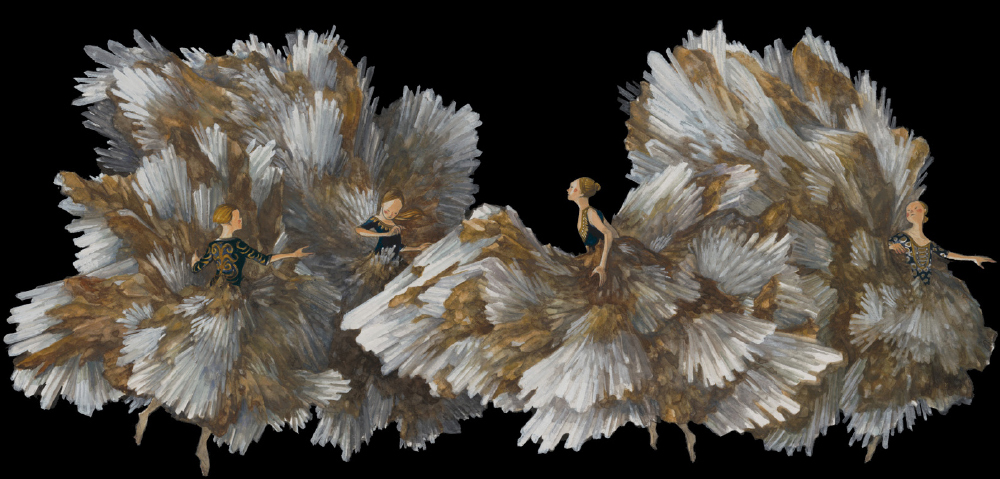
Hello, this is Okuno from Hobonichi. I sat down with the artist junaida for a chat about his work. He’s published several interesting art books, and for the past few years he’s worked on the Christmas displays at the famous Mitsukoshi Department Store.
His work is well known, but fewer people know about the artist behind it. junaida says the idea underlying what he does is to make people happy through his art. With his latest project, LAPIS, junaida has taken his art to a new level. I found myself admiring his lifelong enjoyment of drawing, a childhood passion that’s continued into adulthood.
Artist/painter born in 1978.
Currently resides in Kyoto. Recent series includes “Lapis – Motion in the Silence,” “Nordic Tales,” and “Ihatovo” which depicts the world of classical poet Kenji Miyazawa.






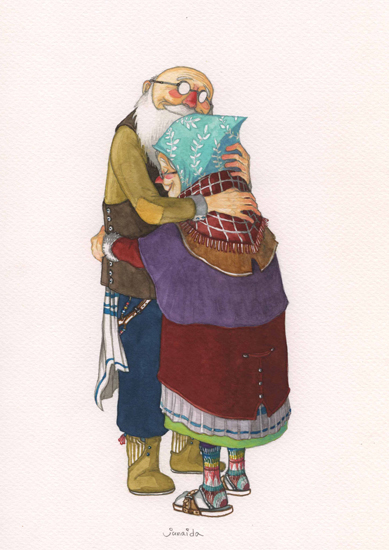
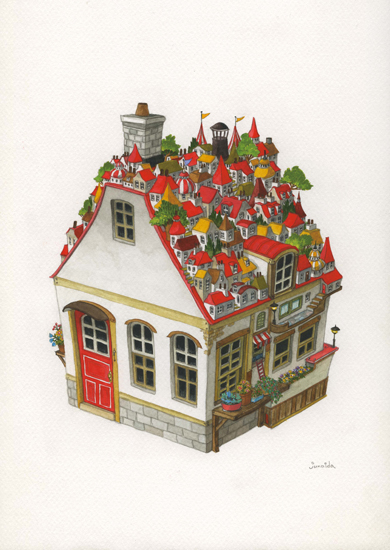


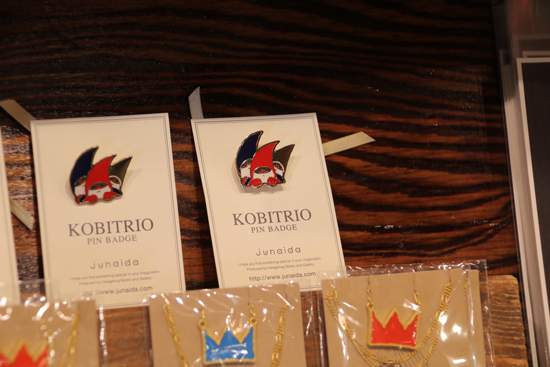
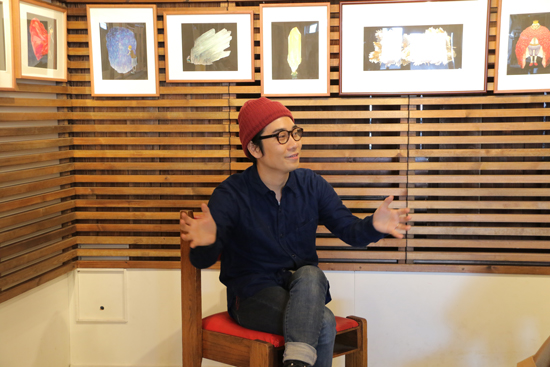
2016-12-06-Tue